Remember those familiar faces that seemed to beam into our living rooms night after night during the 1970s? Back when television options were limited to just three networks and maybe a local independent station, certain actors became like extended family members through their regular appearances. These weren’t just performers; they were fixtures in our homes, joining us for dinner, keeping us company on sick days, and becoming the subject of water cooler conversations across America.
1. Ed Asner

Few television personalities commanded our attention quite like Ed Asner, whose gruff-but-lovable Lou Grant character transitioned seamlessly from “The Mary Tyler Moore Show” to his own dramatic series. Asner appeared on our screens weekly from 1970 to 1982, winning Emmy awards for playing the same character in both comedy and drama—a television feat that remains unmatched. His distinctive voice and bushy eyebrows became so familiar that spotting him in guest appearances on other shows felt like running into an old friend at the supermarket. The Hollywood Reporter provides a bittersweet rundown of Asner’s 12 most memorable, powerful roles, a dozen triumphs among many, many more.
The actor’s wide-ranging talents kept him visible across multiple genres, from voicing Santa in the animated classic “Rudolph the Red-Nosed Reindeer” to appearing in miniseries like “Roots.” Asner became a television institution, serving as president of the Screen Actors Guild while continuing to work steadily throughout the decade. His ubiquitous presence on 1970s television embodied the era’s blend of entertainment and social consciousness, tackling serious issues while remaining a comforting presence in American homes.
2. Gavin MacLeod
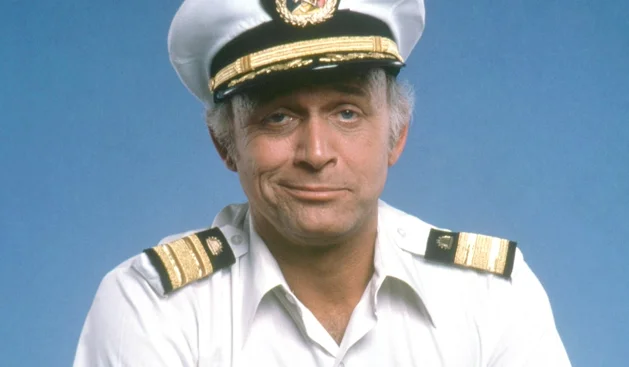
Whether he was navigating the newsroom as Murray Slaughter on “The Mary Tyler Moore Show” or steering “The Love Boat” as Captain Merrill Stubing, Gavin MacLeod was a television mainstay throughout the ’70s. His seven-year run on “Mary Tyler Moore” (1970-1977) flowed directly into nine years as the captain (1977-1986), meaning that for over 15 years, MacLeod appeared in American living rooms almost without interruption. His friendly demeanor and instantly recognizable bald head made him feel like the reliable uncle who never missed a family gathering. According to Variety, Ed Asner himself said that working with Gavin made everything better for all involved.
Behind that warm smile was a versatile actor who had previously played villains before finding his niche as the nice guy next door. MacLeod’s characters often served as the steady moral compass, offering wisdom wrapped in humor that resonated with viewers of all ages. His Captain Stubing welcomed a parade of guest stars aboard the Pacific Princess each week, but it was MacLeod’s consistent presence that kept audiences sailing back for more every Saturday night.
3. Suzanne Pleshette

With her husky voice and quick wit, Suzanne Pleshette became television royalty as Emily Hartley, the sardonic wife to Bob Newhart’s deadpan psychologist on “The Bob Newhart Show.” For six seasons (1972-1978), Pleshette’s Emily provided the perfect counterbalance to Newhart’s understated humor, creating one of television’s most believable and mature marriages. Her performance was so memorable that sixteen years after the show ended, Pleshette made a surprise appearance in the final episode of Newhart’s second sitcom, creating one of television’s most legendary finales. Television Academy Interviews puts into perspective the titanic scope of Suzanne’s celebrated career, highlighting all she achieved.
Beyond her signature role, Pleshette appeared regularly across the television landscape in TV movies, variety shows, and as a frequent guest on “The Tonight Show with Johnny Carson.” Her sophisticated presence and genuine laugh made her feel like the cool, slightly worldly neighbor who always had the best stories at the block party. Pleshette embodied a new kind of television wife—educated, professional, and unwilling to play second fiddle—who helped redefine women’s roles in primetime comedy.
4. Robert Wagner
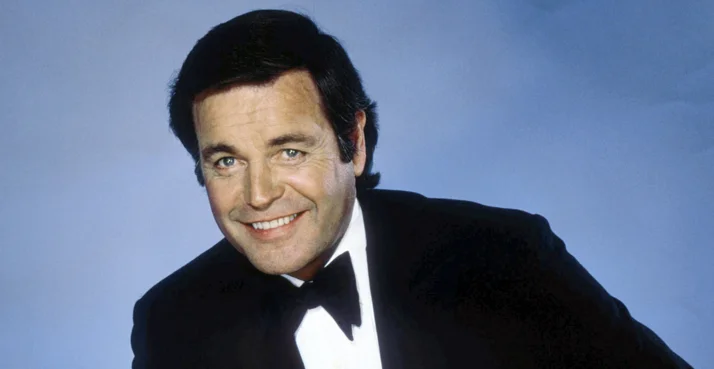
Suave, sophisticated Robert Wagner glided through the 1970s as the charming half of “Switch” with Eddie Albert and later as millionaire detective Jonathan Hart in “Hart to Hart” opposite Stefanie Powers. Wagner’s effortless charm and impeccable style made him television’s quintessential gentleman, equally at home in tailored suits or casual attire. His distinctive voice and raised eyebrow became so familiar that his narration work and commercial appearances felt like personal messages from an old friend.
Wagner’s ability to blend action, romance, and light comedy kept him in demand throughout the decade, with his handsome face gracing numerous TV movies and miniseries between his regular series work. His real-life Hollywood connections (having been married to actresses Natalie Wood and later Jill St. John) gave Wagner an authentic glamour that translated perfectly to the small screen. When Wagner appeared weekly in our living rooms, he brought a touch of Hollywood elegance that transported viewers from their well-worn sofas to a world of mystery and sophistication.
5. Penny Marshall

Before directing Hollywood blockbusters, Penny Marshall invaded our living rooms as Laverne DeFazio, the tough-talking brewery worker with the cursive “L” on her sweaters in “Laverne & Shirley.” First appearing on “Happy Days” before spinning off into their own show in 1976, Marshall’s Laverne quickly became one of television’s most beloved blue-collar heroines. Her distinctive Bronx accent and physical comedy skills made her instantly recognizable, whether she was working the assembly line at Shotz Brewery or getting into schemes with her roommate Shirley.
Marshall brought an authentic working-class sensibility to primetime that resonated with millions of viewers who saw something of themselves in Laverne’s struggles and dreams. Her brotherly relationship with producer Garry Marshall kept her in the television family business, with appearances across the ABC comedy lineup throughout the decade. Marshall’s Laverne was the friend we all wished lived next door—fiercely loyal, surprisingly vulnerable, and always ready for adventure, no matter how many laughs (or milk and Pepsi) might get spilled along the way.
6. Jack Klugman
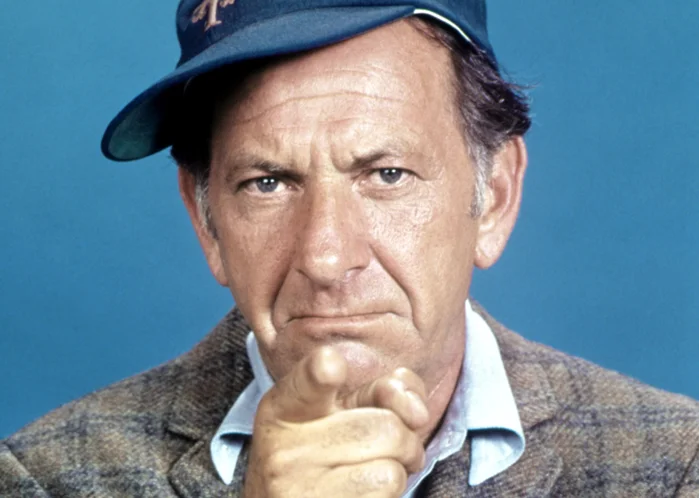
Jack Klugman’s hangdog expression and raspy voice made him one of the most distinctive television personalities of the 1970s, starring in two hit series that showcased his remarkable range. As sloppy sportswriter Oscar Madison in “The Odd Couple” (1970-1975), Klugman created perfect comic friction opposite Tony Randall’s fastidious Felix Unger, winning two Emmy Awards for the role. Without missing a beat, he transformed into the dedicated medical examiner Dr. Quincy in “Quincy, M.E.” (1976-1983), pioneering the forensic procedural genre decades before “CSI.”
Klugman brought an everyman quality to both roles that made viewers feel like they truly knew him, whether he was throwing a poker party in a messy apartment or investigating suspicious deaths with scientific precision. His distinctive voice—damaged from throat cancer surgery but still remarkably expressive—became one of television’s most recognizable sounds. Watching Klugman work was like spending time with that passionate uncle who could be gruff and tender in equal measure, who’d fight injustice one minute and share a hearty laugh the next.
7. Loretta Swit
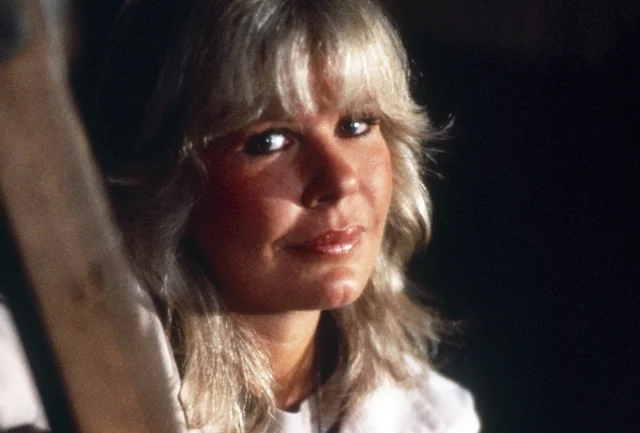
As Major Margaret “Hot Lips” Houlihan on “MAS*H,” Loretta Swit was one of the few actors to remain with the series for its entire eleven-season run, becoming a fixture in American homes every week from 1972 to 1983. Swit masterfully evolved her character from a one-dimensional military stickler to a complex, nuanced woman balancing professionalism with personal growth. Her distinctive blonde hair and authoritative presence made her immediately recognizable, earning her two Emmy Awards and creating one of television’s most iconic female characters.
Beyond the 4077th, Swit appeared regularly in game shows, variety specials, and TV movies throughout the decade, showcasing her versatility beyond the Army green fatigues. Her passionate advocacy for animals and women’s rights connected with viewers who felt they knew the real person behind the character. When Swit appeared on our screens, whether in dramatic scenes at the operating table or in comedic moments in the mess tent, she brought an authenticity that made us feel like we were watching a distant relative navigate life’s challenges with humor and heart.
8. Sherman Hemsley
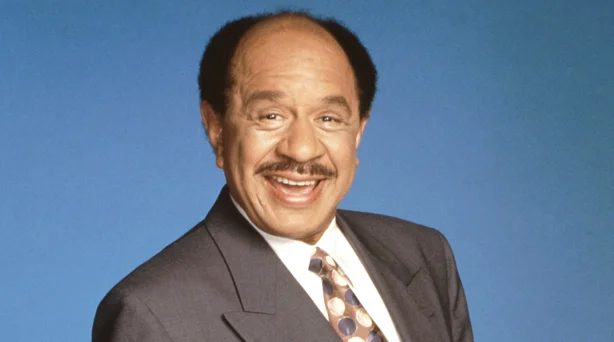
Sherman Hemsley strutted into American living rooms in 1973 as the opinionated, combative George Jefferson, first as a neighbor on “All in the Family” before “moving on up” to his own successful spinoff, “The Jeffersons.” Hemsley’s compact frame contained explosive energy, with his characteristic strut and boisterous delivery making George Jefferson one of television’s most memorable characters. His chemistry with on-screen wife Louise (Isabel Sanford) created one of television’s most believable marriages—full of friction but ultimately grounded in deep love and respect.
“The Jeffersons” ran for eleven seasons, making Hemsley a weekly visitor in millions of homes as he navigated life as a successful Black businessman in Manhattan. His portrayal broke new ground, showing a prosperous African American family at a time when such representations were rare on television. Hemsley brought such specificity to George Jefferson—from his distinctive walk to his quick-triggered temperament—that encountering him in guest appearances on other shows felt like running into a neighbor who had moved away but remained unforgettable.
9. Betty White
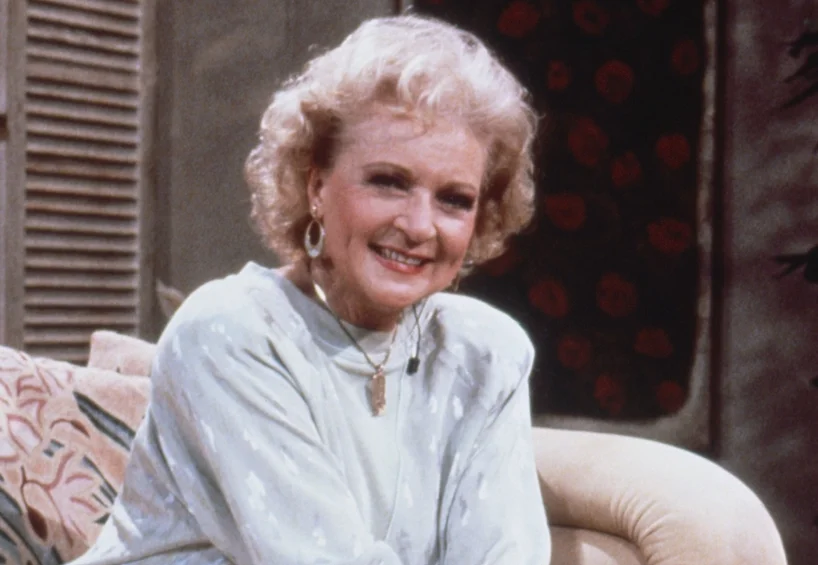
Long before becoming a social media darling in her later years, Betty White was already television royalty throughout the 1970s, bringing her sharp wit and impeccable timing to countless game shows and sitcom appearances. As the man-hungry “Happy Homemaker” Sue Ann Nivens on “The Mary Tyler Moore Show” (1973-1977), White created an unforgettable character whose sugary public persona barely concealed her acid tongue. Her Emmy-winning performance showcased her ability to deliver the sweetest-sounding barbs, creating a character viewers loved to watch precisely because she was so deliciously contrary.
White’s ubiquitous presence on game shows like “Match Game” and “Password” (hosted by her husband Allen Ludden) made her feel like family even when she wasn’t playing a character. Her genuine laugh and quick responses revealed her natural wit, building a connection with audiences that transcended her scripted roles. When Betty appeared on our television screens—whether as Sue Ann, as herself, or in numerous guest appearances—it felt less like watching a performer and more like welcoming a particularly entertaining friend who always brightened the room.
10. Ted Knight
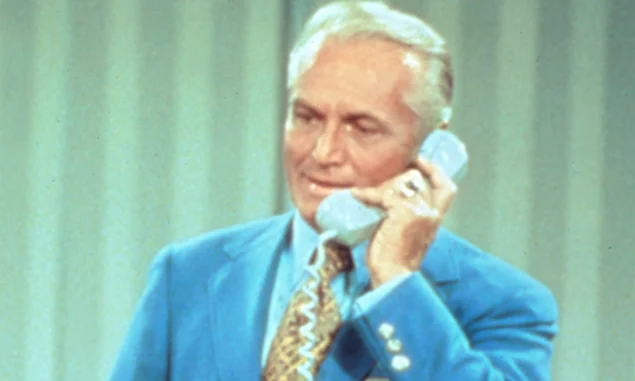
With his booming voice and impeccable comedic timing, Ted Knight created one of television’s most beloved blowhards as anchorman Ted Baxter on “The Mary Tyler Moore Show.” For seven seasons (1970-1977), Knight’s portrayal of the vain, intellectually challenged newscaster earned him two Emmy Awards and secured his place in the pantheon of classic sitcom characters. His catchphrase—”It all started at a 5,000-watt radio station in Fresno, California”—became part of the cultural lexicon, delivered with Knight’s signature self-importance.
Knight parlayed his fame into regular appearances on variety shows, game shows, and eventually his own sitcom, “Too Close for Comfort,” which began at the decade’s end. His distinctive voice work also brought him into children’s programming as the narrator of the “Super Friends” cartoon series. Whether he was fumbling the news as Ted Baxter or appearing as himself on “The Love Boat,” Knight’s recognizable face and voice made him feel like a relative who could always be counted on to liven up family gatherings with unintentional humor and misplaced confidence.
11. Isabel Sanford
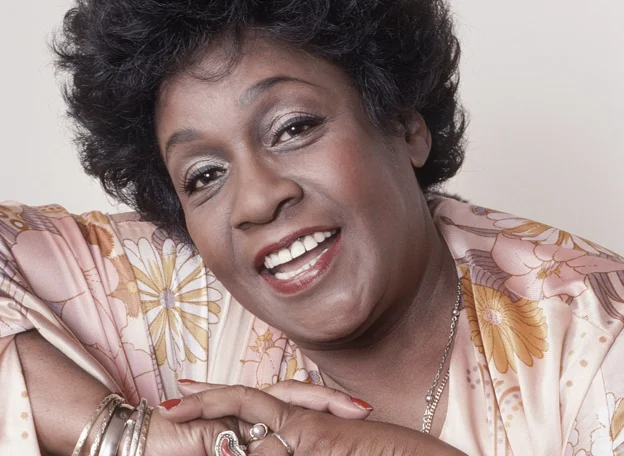
Isabel Sanford made television history as Louise “Weezy” Jefferson, becoming the first African American woman to win an Emmy Award for Lead Actress in a Comedy Series. Her journey from supporting character on “All in the Family” to co-lead on “The Jeffersons” paralleled her character’s social mobility, as Louise transitioned from working-class Queens to a deluxe apartment on Manhattan’s East Side. Sanford’s expressive face and perfect timing when delivering her signature “George!” became one of television’s most recognizable reactions.
The authenticity Sanford brought to Louise Jefferson—dignified, loving, but unwilling to tolerate her husband’s shenanigans—created a character that felt like the wise aunt everyone wished they had. Her chemistry with Sherman Hemsley produced one of television’s most believable long-term marriages, full of frustration but grounded in genuine love. When Sanford appeared on screen, whether putting George in his place or navigating the challenges of being nouveau riche, viewers felt they were watching a real woman dealing with life’s complications with grace, humor, and unfailing common sense.
12. Alan Alda
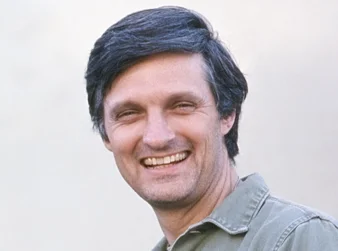
No actor defined 1970s television quite like Alan Alda, whose portrayal of Captain Benjamin Franklin “Hawkeye” Pierce on “MAS*H” made him a weekly visitor in tens of millions of American homes. Alda’s unique ability to blend comedy and drama, often within the same scene, helped transform television storytelling and created one of the medium’s most complex and beloved characters. His creative involvement extended beyond acting—writing and directing numerous episodes—making Alda’s sensibility a defining factor in one of television’s most successful and influential series.
Alda’s intelligent, humanist approach to entertainment resonated with viewers, earning him Emmy Awards for acting, writing, and directing—the first person to win in all three categories for the same series. His recognizable laugh and thoughtful interview style made him a welcome guest on talk shows, where he often discussed issues beyond entertainment. When “MAS*H” aired on Monday nights, it wasn’t just appointment television; it was like having a regular dinner guest whose stories made us laugh, cry, and think about the world differently—sometimes all within the same half-hour.
As we look back on these iconic performers, it’s clear they were more than just actors appearing on our screens—they were fixtures in our daily lives, influencing our conversations, our humor, and even our worldviews. In today’s fragmented media landscape, it’s hard to imagine any performer achieving the same level of universal familiarity and affection. These twelve television titans didn’t just enter our living rooms; they became part of our extended families, their characters’ triumphs and struggles woven into the fabric of our own memories in ways that streaming algorithms can never quite replicate.


